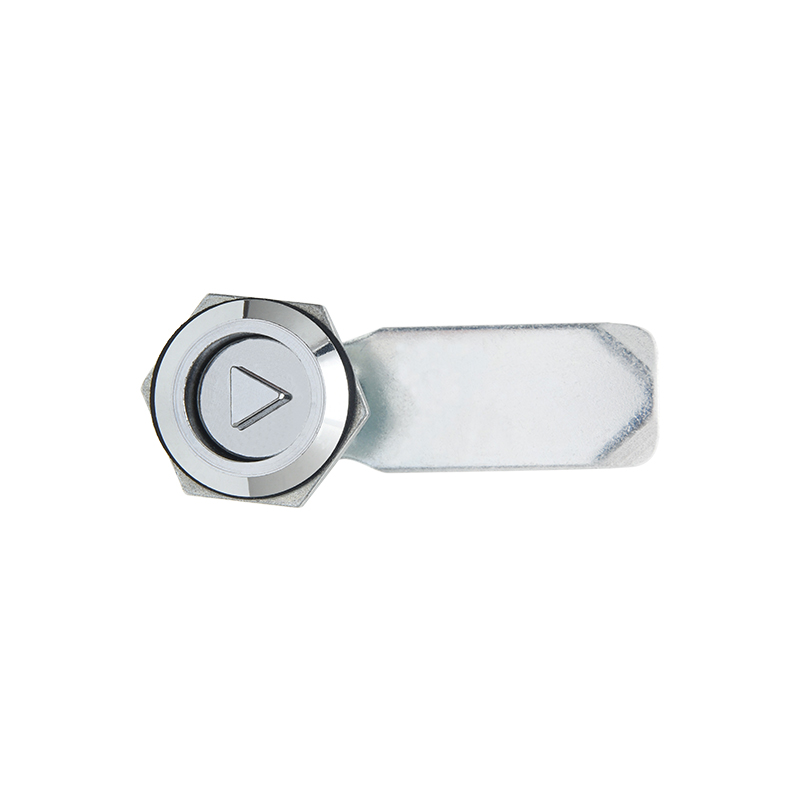Electrical cabinet locks typically employ various mechanisms and features to handle power outages or emergencies, ensuring continuous operation and security. Here are some common ways in which these locks address such situations:
Battery Backup: Electrical cabinet locks incorporate advanced battery backup systems with high-capacity, rechargeable batteries. These batteries, often lithium-ion or similar technologies, are meticulously selected for their reliability and longevity. They seamlessly engage during power outages, ensuring uninterrupted lock operation and safeguarding against potential security breaches.
Low Power Consumption: Rigorous engineering principles govern the design of electrical cabinet locks to minimize power consumption. Through the use of energy-efficient components, optimized circuitry, and intelligent power management algorithms, these locks maximize the efficiency of power usage in standard operating conditions. This meticulous approach not only prolongs battery life but also aligns with sustainability objectives.
Emergency Power Input: Forward-thinking electrical cabinet locks may feature dedicated interfaces for emergency power inputs. This design element enables users to connect external power sources, such as generators or alternative power supplies, seamlessly. By facilitating swift adaptation to varying power scenarios, this feature ensures continuous and reliable functionality, even in prolonged power outages.
Override Mechanisms: Manual override mechanisms serve as fail-safe measures in the event of emergencies. Robust locks incorporate mechanical key systems or emergency release buttons that are designed to withstand extreme conditions. These mechanisms provide authorized personnel with immediate access to the cabinet, ensuring the rapid resolution of critical situations without compromising security.
Real-Time Monitoring and Alerts: State-of-the-art electrical cabinet locks integrate sophisticated real-time monitoring capabilities. These systems employ sensors and monitoring devices to detect power anomalies or outages promptly. Automated alert systems, often configurable to specific protocols, promptly notify designated personnel or security teams. This proactive approach enhances situational awareness and allows for immediate response and remediation.
Uninterruptible Power Supplies (UPS): Integrating Uninterruptible Power Supplies (UPS) is a strategic decision to fortify the lock's resilience against power interruptions. These UPS devices feature advanced battery technologies and surge protection mechanisms. They provide a continuous and stable power supply, ensuring that the electrical cabinet lock remains operational even in the face of power fluctuations or short-term outages.
Auto-Lock Configurations: Auto-lock configurations are sophisticated settings that add an extra layer of security post-power outage. These configurations enable the lock to automatically engage after a specified period of inactivity or immediately following a power disruption. This proactive measure reduces the vulnerability window, mitigating the risk of unauthorized access during transitional states.
Energy Harvesting: Cutting-edge electrical cabinet locks may incorporate energy harvesting technologies as part of their design. Solar panels, kinetic energy converters, or similar innovations harness ambient energy sources to supplement the lock's power requirements. This not only extends operational capabilities but also aligns with sustainability initiatives by reducing dependence on traditional power sources.
Intelligent Power Management: Intelligent power management features represent a hallmark of smart lock systems. These features leverage advanced algorithms to dynamically adjust power consumption based on operational demands. By optimizing energy usage, these locks enhance resilience during adverse power conditions while simultaneously maximizing the lifespan of the backup power source.
Redundancy: Redundancy strategies are fundamental to ensuring continuous operation in electrical cabinet lock systems. Dual power supplies, often with seamless switchover mechanisms, provide redundancy. In the event of a primary power supply failure, the secondary source immediately takes over, maintaining uninterrupted lock functionality. This redundant design significantly enhances overall system reliability and fault tolerance.
G308 ELECTRICAL CABINET LOCK

G308 ELECTRICAL CABINET LOCK



 English
English 中文简体
中文简体
















